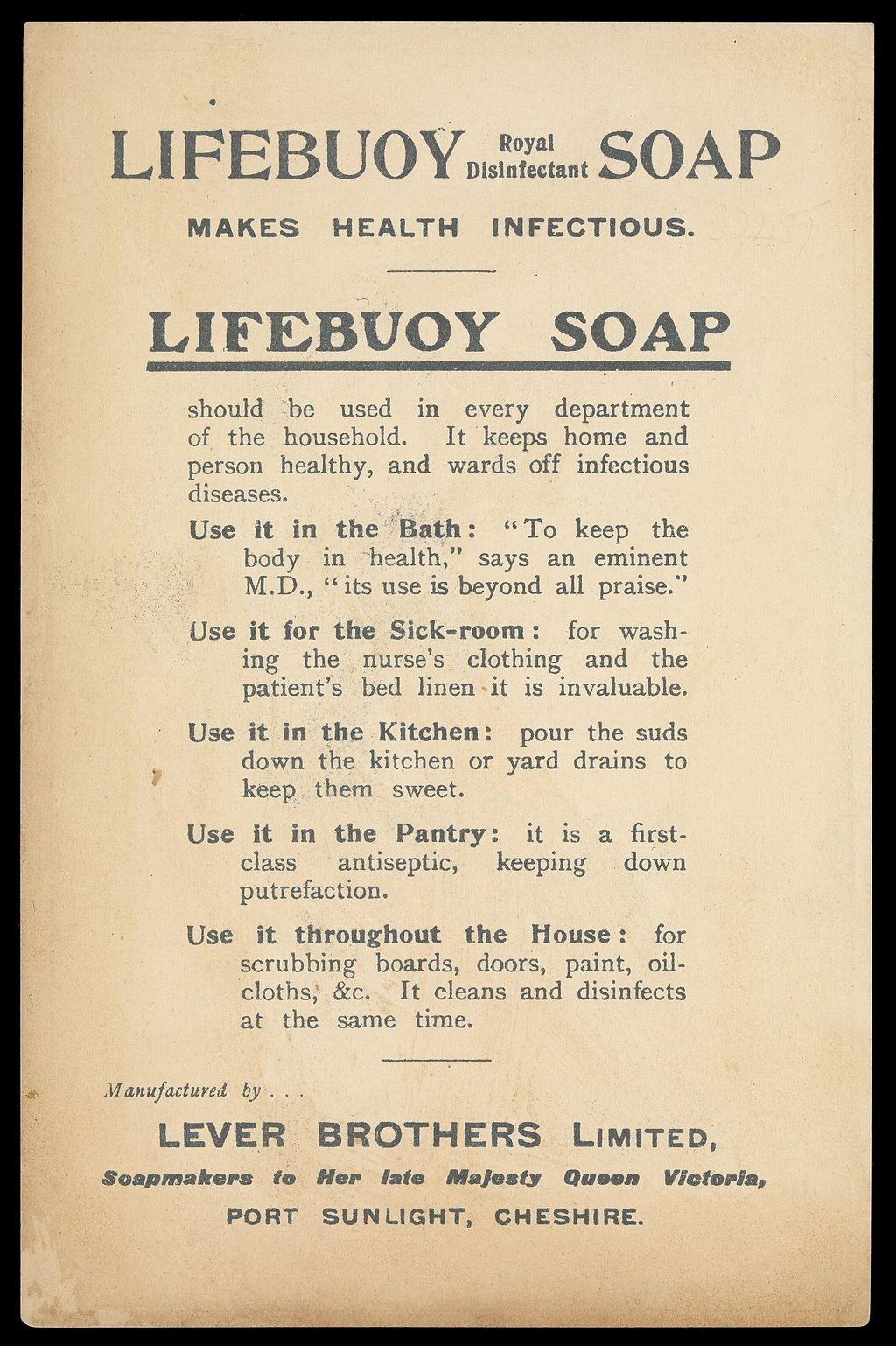Bring back the Soap Opera and reduce your carbon footprint in the shower [1]
Another thing about the carbon foot print of my showers, though, relates to the body wash, conditioner and shampoo. Believe it or not, different types of soaps and detergents show differences in their energy footprint. Soap is considered the oldest cosmetic product and it also plays an important role in daily life. A typical liquid soap is composed of a mixture of different types of surfactants to achieve the desired cleaning and foaming properties. Every cleanser contains surfactants to help water dissolve and wash away oily dirt.
A bit of science:
The word surfactant is an abbreviation for surface active agent. A surfactant is defined as a compound that can reduce the interfacial tension between two immiscible phases. Surfactants work by breaking down the interface between water and oils and/or dirt. [2] They also hold these oils and dirt in suspension, and so allow their removal. Soaps were the earliest surfactants and are obtained from fats which are known as glycerides. The surfactants in soap come from saponification, which is the reaction between a strong base, such as sodium hydroxide, and a fatty acid or triglycerides from vegetable oils or animal fats. Shower gels and body washes, however, contain different surfactants. These are derived from petroleum or plant sources.
Deciding on which products are most environmentally friendly is not easy.
Plastic packaging is a major contributor to bathroom environmental impacts, but the formulation, including whether ingredients were made from fossil-fuel-derived feedstocks, has to be considered to perform any comparisons.
A study has shown that liquid soaps for hand washing need about five times as much energy for formulation and roughly 20 times as much energy for packaging production than bar soaps do. [3] Compared with solid cleansers, liquids usually take up more volume in the trucks that transport them to points of sale, potentially costing more in fuel and emissions. A liquid soap has a higher fossil fuel energy demand than many bar soap varieties.
I suppose we just need to think more about how we shower and do our best to protect the environment – without taking all the enjoyment out of it.
[1] (Image) By
https://wellcomeimages.org/indexplus/obf_images/dc/3c/8ffe869cef509988c127795dd7e2.jpgGallery: https://wellcomeimages.org/indexplus/image/L0069086.htmlWellcome Collection gallery (2018-03-23): https://wellcomecollection.org/works/xu4y4tpc CC-BY-4.0, CC BY 4.0, https://commons.wikimedia.org/w/index.php?curid=36262236
[2] International Journal of Materials and Chemistry 2018, 8(2): 31-37 DOI: 10.5923/j.ijmc.20180802.02
[3] Environ. Sci. Technol. 2009, DOI: 10.1021/es901236f

